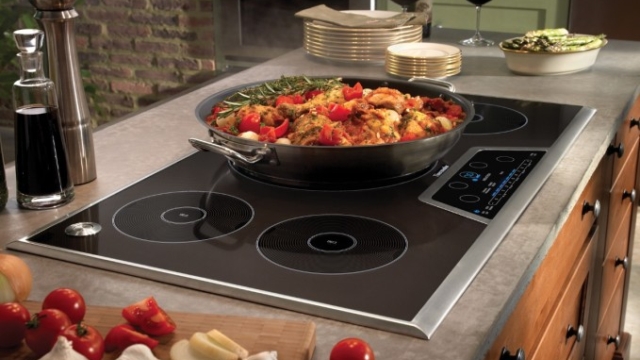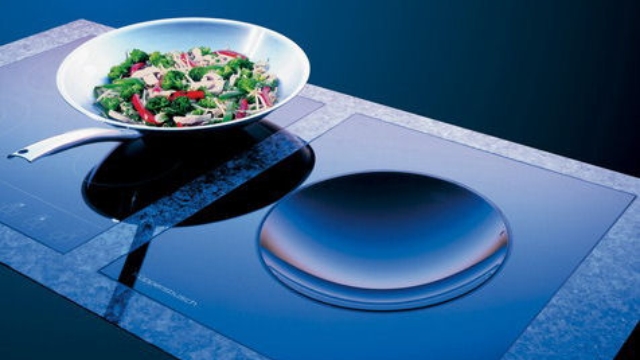Owing to the screen size of your device, you may obtain a better viewing experience by
rotating your device a quarter-turn (to get the so-called "panorama" screen view).
The Induction Site
Search this site, or just roll your cursor over the colored boxes below the pictures.




Fisher & Paykel
"Produce! Produce!
Were it but the pitifullest infintesimal fraction
of a product, produce it in God's name!
'Tis the utmost thou hast in thee: out with it, then."
—Thomas Carlyle
General Fisher & Paykel Information
Fisher & Paykel started in New Zealand back in the 1930s, basically making things under license from other companies. By the '60s, they were designing and manufacturing their own products, and they have grown apace: they now have divisions all round the world, and have landed in the U.S. with—so far—one induction item, a 36-inch-wide, 5-element cooktop. Likely there will be more models later, but for not that's it.
Fisher & Paykel Induction-Unit Data
As always in these listings, we give these standard general—
|
Important notes on these data:
We have spent a lot of time hunting these data--often in several places for each individual unit--but we cannot and do not guarantee any datum to be correct (indeed, we often found conflicting data at
different sources). Caveat emptor! For those units we offer for sale, the prices shown are never over a day old. For other items, the prices shown are the lowest we found with moderate but not fanatic searching; moreover, they are not updated very often
and are only intended as a rough guide to comparative unit values in cost/power terms. Most "Features" are not terribly important, and are nearly standard among roughly similar units, regardless of brand name. If some "feature"--shown or omitted--is especially important to you, check on it, because we
did not take great pains over the "Features" data. Dimensions given here are, as the makers themselves warn, only to be used as guidelines in planning--never do anything (such as cutting a countertop) till you have your actual unit to hand. A very important unit datum is the "MaxPower" value. Many units show individual-element powers that add up to impressive totals that the unit cannot really supply. That is not a defect or some form
of cheating: it is "power sharing", a clever and useful feature; but, unless the maker is unusually open about data, one can
easily be misled into believeing that the unit as a whole is more powerful than it is. Your dollars are buying cooking power, and you need to be well aware of just what you are paying for in actual cost/power terms for
the unit as a whole. Similar to power sharing (though less flexible) is the "power boost" feature many units have on some or all of their
elements. (That feature allows a "boosted" element to temporarily, for some short period--rarely specified, but typically 10 minutes or so--run at some set level well over its nominal power, to help with tasks like getting
large pots of water to boiling.) As with true power sharing, if one is not careful, one can get an incorrect impression of the true total power capability of the unit as a whole, which, as we just said, is basically what your
dollars are buying.
(For much fuller information on power, read our page Kitchen Electricity 101.)
|
We found one Fisher & Paykel induction-cooking model:
All content copyright © 2002 - 2025 by
The Owlcroft Company.
This web page is strictly compliant with the W3C
(World Wide Web Consortium)
Extensible HyperText Markup Language (XHTML) Protocol
v1.0 (Transitional)
and the W3C Cascading Style Sheets (CSS) Protocol
v3 — because
we care about interoperability. Click on the logos below to test us!
This page was last modified on Monday, 22 January 2024, at 12:46 am Pacific Time.



